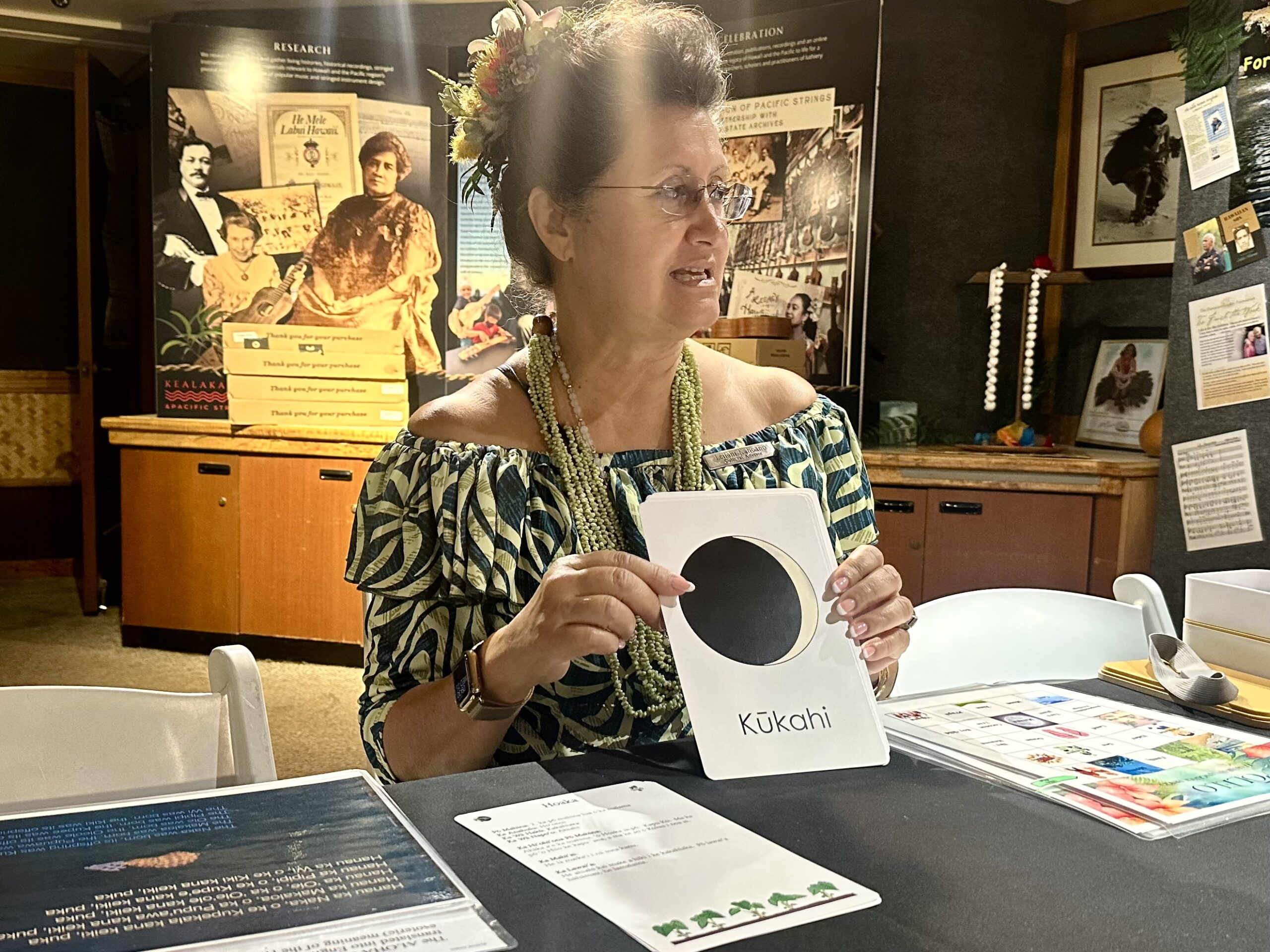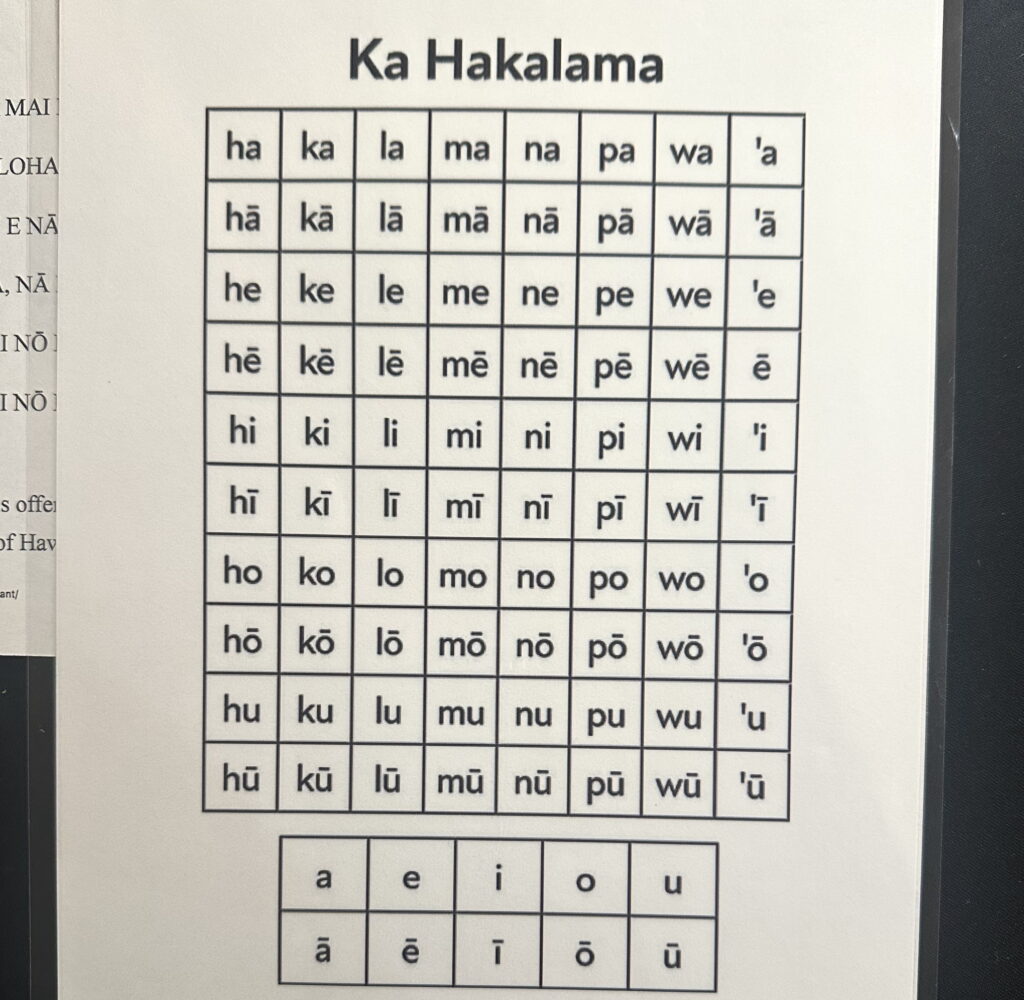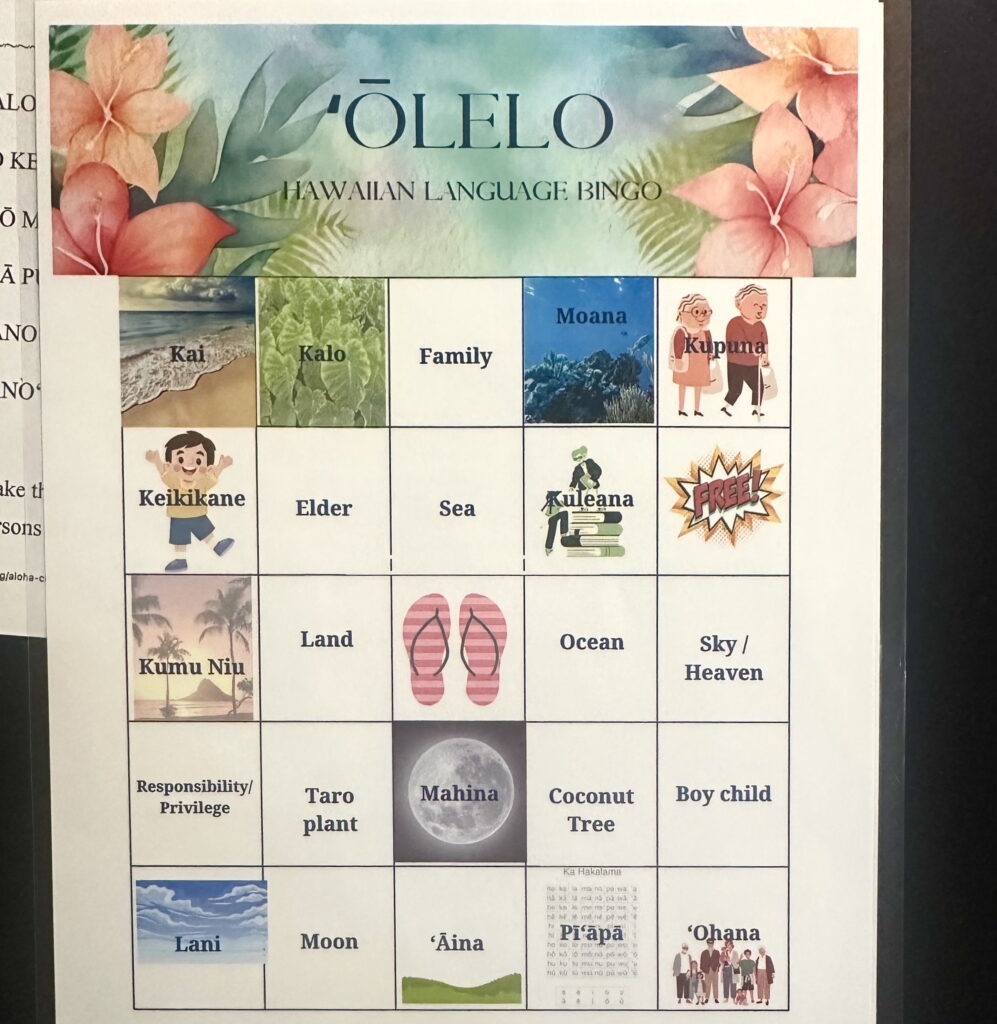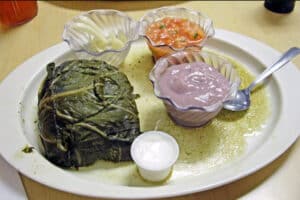
At Waikīkī Beach Marriott Resort & Spa, guests can engage in a multitude of Hawaiian cultural activities, including learning ʻōlelo Hawaʻi. Photo by Sarah Burchard.
Learn Hawaiian Language: A Beginner’s Guide to Speaking ʻŌlelo Hawaiʻi
The Hawaiian language, or ʻŌlelo Hawaiʻi, is a living, vibrant part of Hawaiʻi’s cultural identity. While fluent speakers are fewer today, Hawaiian words, expressions, and pronunciation are woven into everyday life throughout the islands — from place names and greetings to chants and ceremonies. Whether you’re visiting Hawaiʻi, learning for personal connection, or just curious, taking the time to learn basic Hawaiian is both respectful and enriching.
Even just understanding the basics of Hawaiian pronunciation and vocabulary can deepen your appreciation for local culture and make your experience more meaningful.
Why Learn the Hawaiian Language?
-
Cultural Respect: Using Hawaiian words correctly honors the host culture.
-
Connection: Knowing basic Hawaiian phrases helps you feel more connected to the people and the ʻāina (land).
-
Fun and Enriching: The language is poetic, rhythmic and fun to learn.
Hawaiian Language Alphabet: Only 12 Letters
One of the first things to know: Hawaiian is a very vowel-rich language.
There are only 12 letters in the Hawaiian alphabet:
-
Vowels: A, E, I, O, U
-
Consonants: H, K, L, M, N, P, W
-
Tip: If you’re searching for “how to pronounce Hawaiian words,” understanding the alphabet is your first step.
How to Pronounce Hawaiian Vowels
Every vowel in Hawaiian is pronounced with a pure, long sound — similar to how vowels are spoken in many Romance languages.
-
A = “ah” as in father
-
E = “eh” as in bet
-
I = “ee” as in see
-
O = “oh” as in go
-
U = “oo” as in blue
Each vowel is always pronounced, even when vowels appear together (called diphthongs). For example, in the word Aloha, every letter gets its own sound: a-lo-ha.
Quick Hawaiian Language Tips for Beginners
-
Speak slowly and clearly. Don’t rush — Hawaiian is a flowing, melodic language.
-
Listen to native speakers. Whether through music, video, or language apps, hearing the language helps you pronounce it better.
-
Practice common words and phrases:
-
Aloha – hello, goodbye, love
-
Mahalo – thank you
-
ʻOhana – family
-
Keiki – child
-
ʻĀina – land
-
Kuleana – responsibility
-
- Pro Tip: Search “Hawaiian language pronunciation audio” or “how to pronounce Hawaiian words” for helpful listening resources.
Ready to Start Learning Hawaiian?
Learning Hawaiian is more than just picking up a few words — it’s about understanding and respecting a deep cultural heritage. You don’t need to be fluent to show aloha through your efforts.
Whether you’re preparing for a trip or simply curious about Hawaiʻi’s language, start with pronunciation and basic words and take it one step at a time.
The ʻOkina: Understanding the Glottal Stop
The Hawaiian language includes a special character called the ʻokina (ʻ), which looks like a backward apostrophe. It’s an official letter in the Hawaiian alphabet and represents a glottal stop — a brief pause between sounds.
Example:
-
Kaʻanapali is pronounced: kah-ah-nah-pah-lee
(Notice the pause between “Ka” and “ana”)
Other common words with an ʻokina:
-
Hawaiʻi (ha-vai-ee)
-
Lānaʻi (lah-nah-ee)
-
Important: Omitting the ʻokina or mispronouncing it can completely change the meaning of a word. Respecting the ʻokina shows cultural awareness.
The Kahakō – The Hawaiian Macron
Another important pronunciation marker in the Hawaiian language is the kahakō (a macron or horizontal line above a vowel). It signals that the vowel should be pronounced longer and often with greater emphasis. The kahakō can change the meaning of a word entirely, so it’s essential to get it right.
What is the kahakō?
-
It’s a horizontal line placed over a vowel: ā, ē, ī, ō, ū
-
It lengthens the sound of that vowel
-
It can change both pronunciation and meaning
Examples:
-
Kāne = man or male deity
vs.
Kane (without kahakō) = not a word in Hawaiian -
Mākua = parent
vs.
Makua = a town on Oʻahu (different meaning and place)
Think of the kahakō like a stress marker — it tells you to hold the vowel a little longer and more clearly.
How to Type the Kahakō and ʻOkina
If you’re learning Hawaiian online or want to write words properly:
-
On Mac: Hold the vowel key and select the version with the line (e.g., hold “a” to get “ā”)
-
On Windows: Use the Hawaiian keyboard layout or special character codes
-
On mobile: Add the Hawaiian keyboard from your device’s settings
Tip: Search phrases like “how to type kahakō” or “Hawaiian keyboard layout” to get setup tips for your device.
Now that you know the basics, here a few of the most popular words for you to practice:
Aloha (ah-lo-ha) – a greeting or farewell; love
Aloha Kakahiaka (ah-lo-ha ka-ka-hee-ah-ka) – good morning
Aloha ʻoe (ah-lo-ha o-eh) – farewell
Mahalo (ma-ha-lo) – thank you
Mahalo nui loa (ma-ha-lo new-ee lo-ah) – thank you very much
Kōkua (ko-ku-ah) – help, assitance
Wahine (va-hee-nay) – woman
Kāne (ka-nay) – man
Keiki (kay-kee) – child
Kuʻuipo (ku-u-ee-po) – sweetheart
Hauʻoli la Hanau (how-o-lee la ha-now) – happy birthday
A hui hou (ah who-ee ho) – until we meet again
ʻOhana (o-ha-na) – family













